
Due to difficulty in promoting projects to rebuild rundown urban areas, underdeveloped infrastructure construction and financing difficulty in some places, the State Council recently proposed at the executive meeting that more people displaced by the rebuilding of such areas should receive monetary housing compensation rather than housing and the task of rebuilding six million housing units in rundown urban areas should be achieved this year. In addition, it will carry out a tough plan to rebuild another 15 million housing units in various rundown urban areas during 2018 and 2020.
In terms of the society, the shantytown redevelopment is conductive to create fair and impartial living environment; in view of economic aspect, it facilitates investment and de-stocking; regarding enterprises, they can realize city operation through the shantytown redevelopment, instead of simply developing real estate, Yan Yuejin, research director of E-House China R&D Institute, said to the reporter with Securities Daily.
Shantytown redevelopment accelerated with huge capital pressure
As an important part of the construction of government-subsidized housing, task of shantytown redevelopment is strengthened year by year.
Statistics show that the country planned to build 800,000 new homes for shantytown redevelopment in 2009. The figure increased rapidly to 4.7 million, 5.8 million, 6 million and 6 million from 2014 to 2017 respectively. It will rebuild another 15 million housing units in various rundown urban areas during 2018 and 2020.
Analysts think that task of shantytown redevelopment is strengthened year by year. On the one hand, the country intends to improve people’s living conditions. On the other hand, governments want to provide more compensation in monetary forms to help reduce housing inventories in some cities.
However, the reporter noticed that long before the task was reinforced, the State Council released the Opinions on Accelerating Shantytown Redevelopment in 2013, which lowered the number of new to-be-rebuilt homes in rundown urban areas from 3.04 million to 2.32 million in the year as the government faced huge capital pressure when performing the task.
“Capital source is an inevitable problem for the project of shantytown redevelopment.” Xia Lei, chief real estate analyst with Founder Securities, pointed out that capitals of the project are always managed by the central, provincial and municipal government, bringing huge pressure to them and particularly municipal government which has limited fiscal revenues. Especially after the new budget law was implemented, financing mechanism for the project urgently needs innovation, which, to some extent, worsens the financing difficulty.
In order the solve this problem, the executive meeting of the State Council defined that the State Council should innovate financing system and mechanism, promote government to buy service related to the project, and encourage multi-ownership enterprises to be involved in the project. Development banks and other financial institutions offer loans for the project of shantytown redevelopment according to agreement. Secondly, the State Council should encourage agricultural development banks to provide loans support to qualified enterprises which carry out the project. It will also further increase budgetary investment and fiscal support of the central government. In addition, it will encourage commercial banks and enterprises to actively participate in the project.
Monetary housing compensation connects de-stocking and injection of monetary base
In fact, high inventory and high risk in the real estate industry have been repeatedly mentioned since 2015. Meanwhile, growth of real estate investment fell all the way from 10.4 percent from the beginning of the year to 1 percent in 2015, and overstock of commercial houses in some cities began to be revealed.
In the opinion of Xia, the tremendous housing inventories resulted from the contradiction between increasing supply due to land acquisition of crazy real estate developers and decreasing demand owing to outflow of population in tier-3 and tier-4 cities several years ago. Therefore, how to enhance effective demands becomes a key problem.
It was put forward at the Central Economic Working Conference held at the end of 2015 that de-stocking was a major task in 2016 and reducing housing inventory was a priority. Shantytown redevelopment with providing monetary housing compensation is one of the important ways to reduce housing inventories.
“The biggest problem of real estate industry in tier-3 and tier-4 cities is the lack of demand. In contrast, a large number of residents in shantytowns have demand for houses but aren’t able to buy the houses. On the other hand, a lot of commercial house inventories pile up. It can be said that monetary housing compensation provides a bridge connecting reducing housing inventories and injection of monetary base.” Xia told the reporter that there are three ways about monetary housing compensation. One is that the government leads real estate developers to make ordinary commercial houses into relocated houses, hence people buy them by themselves. Secondly, the government buys commercial houses and then transfers to relocated residents in the shantytown. The third one is that the government directly provides monetary compensation. The first two are designated allocation, and the last one is non-designated allocation.
According to Xia, most of funds needed in the monetary compensation come from China Development Bank, which actually means innovating supply channel of monetary base. While driving demand in real estate industry, it also adds monetary supply and boosts economy.
How much does the monetary housing compensation contribute to de-stocking?
The monetary housing compensation totally reduced inventories of commercial houses with an area of 1.47 billion square meters during 2014 and 2020.
“On the whole, the shantytown redevelopment is of great significance to economy in three aspects.” Xia told the reporter that firstly, it drives sales of commercial houses. Secondly, the central bank inputs monetary base to policy-oriented banks via pledged supplementary lending (PSL) to inject liquidity to the real estate market. Thirdly, it attracts investment worth more than 1 trillion yuan. Specifically, the project will stabilize investment through three channels. First, it will push up real estate investment, including investment in settlement buildings and investment in commercial buildings due to de-stocking. Second, it will attract investment in infrastructure construction. Finally, it will promote investment of over 40 industries related to real estate industry. It is estimated that shantytown redevelopment will attract investment worth 12.9 trillion yuan during 2017 and 2020.
Translated by Vanessa Chen
















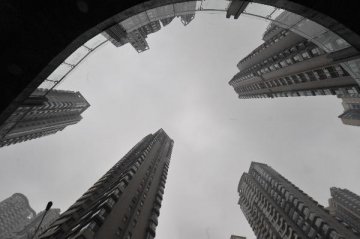
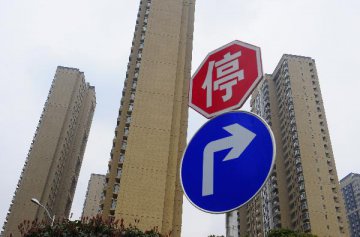
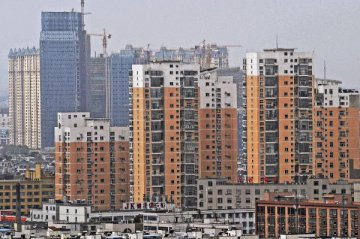
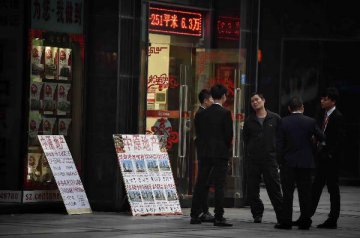

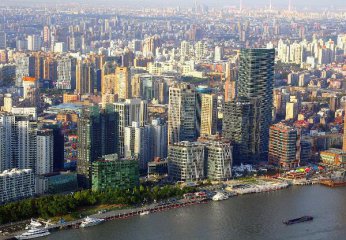


Latest comments